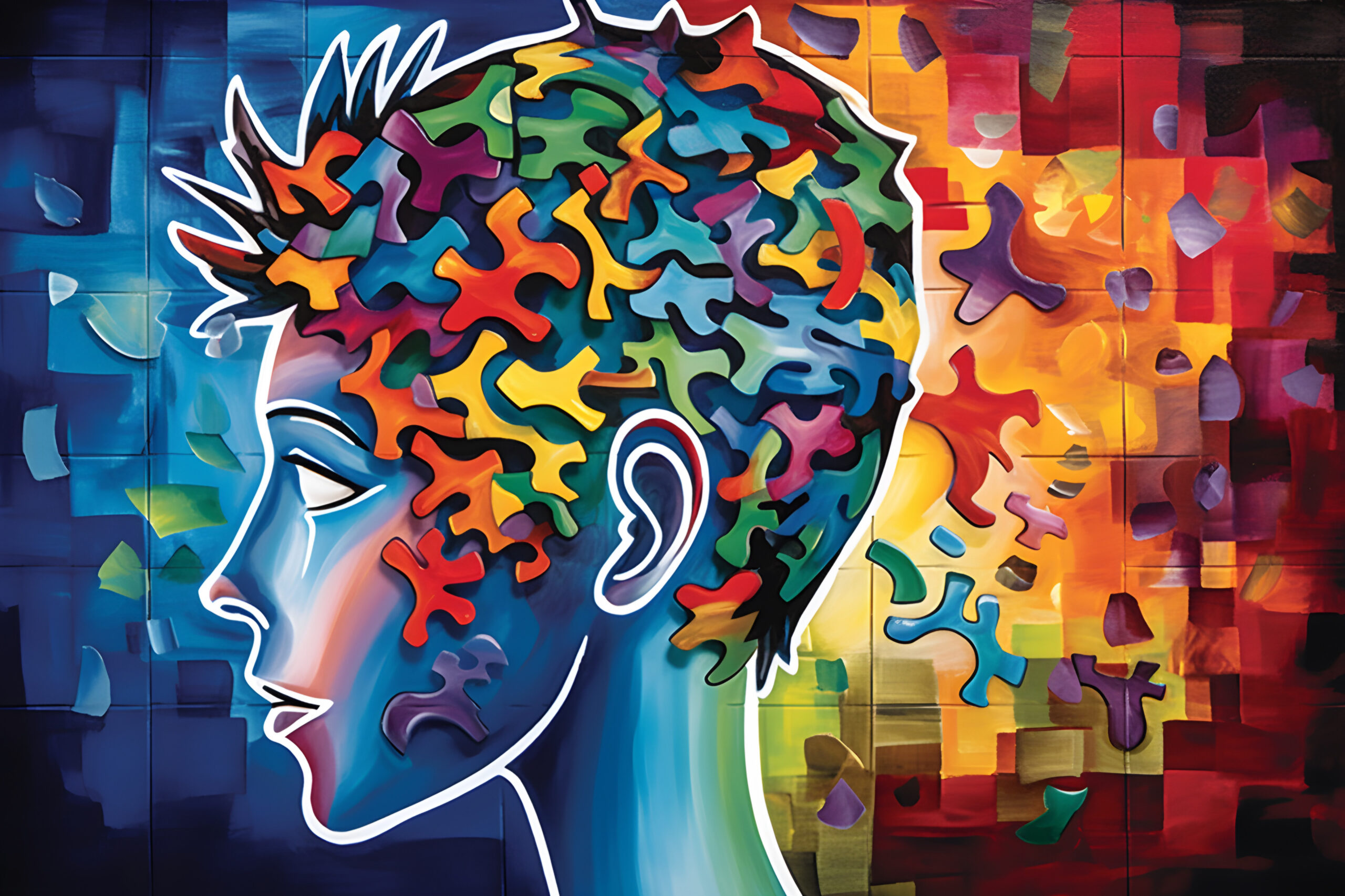Introduction:
Imagine staring at a jigsaw puzzle with pieces that keep shifting and changing shape, making it nearly impossible to see the complete picture. This is a glimpse into the world of spelling for dyslexic children. As they enter Key Stage 2, the journey to mastering spelling becomes both a cognitive challenge and an emotional rollercoaster. In this blog, we’ll explore what dyslexic children experience when they spell, and we’ll delve into effective strategies to help them learn and thrive while maintaining their self-confidence.
The Dyslexic Perspective:
For dyslexic children, the letters of words often dance and shift on the page. A seemingly straightforward word might transform into an enigmatic puzzle, each letter wobbling and unclear. The phonological difficulties that underpin dyslexia can make the act of spelling feel like deciphering a secret code. Letters may appear reversed or jumbled, and even familiar words can become unrecognisable.
Multi-Sensory Learning:
Key Stage 2 is a critical period for spelling development, and dyslexic children can greatly benefit from multi-sensory learning approaches. These methods engage multiple senses simultaneously, reinforcing connections in the brain. Activities like tracing letters in sand, using textured materials to form words, and associating words with images can help dyslexic learners bridge the gap between the visual and auditory aspects of spelling.
Phonics and Sound Awareness:
Phonics is a cornerstone of spelling instruction, but dyslexic children often struggle with phonological processing. To support them, educators can focus on building sound awareness in a gradual and structured manner. Breaking down words into individual phonemes, using mnemonic devices to remember sounds, and practising rhyming and syllable counting can enhance phonological skills and facilitate spelling.
Visual Memory Aids:
Dyslexic children often possess strong visual memory skills. Harnessing this strength, teachers and parents can encourage the use of visual memory aids, such as creating word posters with colourful images representing the words’ meanings. Associating words with memorable visuals can help dyslexic learners remember spellings more effectively.
Positive Reinforcement and Self-Advocacy:
Maintaining self-confidence is paramount in the learning journey of dyslexic children. Celebrate their successes, no matter how small, and create an environment where mistakes are seen as opportunities for growth. Encourage them to advocate for their learning needs, teaching them to communicate about the strategies that work best for them.
Technology as an Ally:
In the digital age, technology offers a range of tools to support dyslexic learners. Text-to-speech software, spell-checkers, and predictive text features can help reduce the cognitive load associated with spelling. Embracing assistive technology can empower dyslexic children to focus on their ideas rather than getting bogged down by spelling challenges.
Conclusion:
Key Stage 2 is a pivotal period in a dyslexic child’s spelling journey, where nurturing both cognitive development and self-confidence is essential. By understanding the unique challenges they face, we can employ tailored strategies to help them thrive. Through multi-sensory learning, phonics, visual memory aids, contextual learning, and positive reinforcement, we can empower dyslexic children to embrace their individual learning styles and confidently navigate the intricacies of spelling. As we support them on this path, we illuminate the puzzle pieces, gradually revealing the magnificent picture of their potential.



